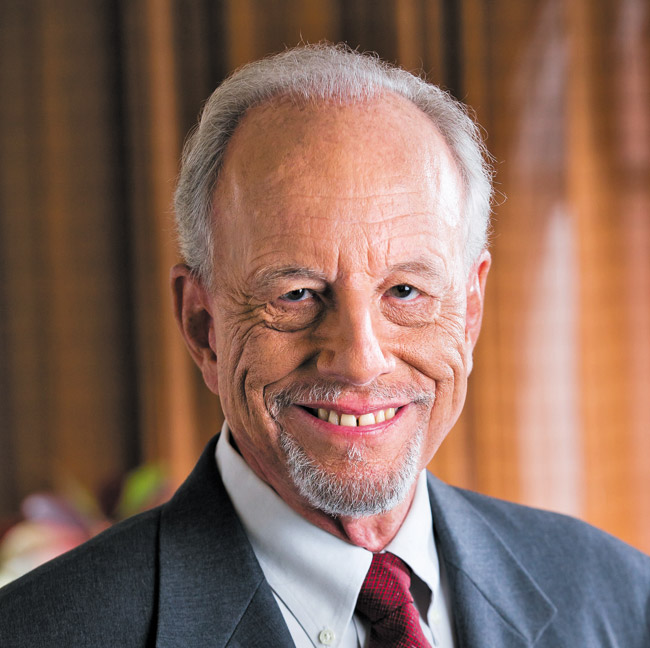Expert: We Have Room To Develop
I had breakfast last week with Ralph Portmore, professional planner, two-time president of the Hawaii chapter of American Planning Association, “of counsel” (as they say in the trade) to Group 70, member of the College of Fellows of the American Institute of Certified Planners, and former Deputy Chief Planning Officer for the City and County of Honolulu under Mayor Eileen Anderson.
The man’s got planning cred.
So why breakfast? Why now? To be sure, I’ve known Ralph a long time, at least since his days at City Hall in the early ’80s. But we’ve gone decades during which our only contact was a wave and smile as we jogged past each other on the Leeward bike path.
But a few weeks ago Ralph appeared at the table of Insights on PBS-Hawaii where, as my 11 regular readers know, or should by now, I moderate a Thursday night discussion (8-9 p.m., program your DVRs) on issues of import. That night we discussed the proposed development boom in Kakaako.
In the course of the Insights hour, Ralph gave me a couple of looks that said, without a trace of mean-spiritedness, “Stupid you.” A couple of weeks later, following the free-lance dictum to never waste material, even notes for a TV show, I wrote a column giving my take on the seemingly endless spiral of development on Oahu. Soon after it appeared, Ralph kindly suggested we meet.
“Pre-1977, developers could build anywhere on Oahu,” said Ralph, as his French toast cooled and I shoveled omelet. “The general plan revision that year down-planned to agriculture or preservation thousands of acres, and it set as policy the development of Ewa.
“The 1983 development plans were more specific, establishing land use patterns to which zoning that established heights and setbacks had to conform. Those plans designated Kahala to Pearl City as the primary urban core. That designation slowly morphed up to Central Oahu where Mililani Mauka was developed and Koa Ridge has been proposed.”
The 1983 development plans also called for creation of a second city in Kapolei.
Portmore insists that “planners are not in control,” that a certain amount of development on Oahu “is a given.”
Thus, he has little sympathy for folks who oppose a development like that at Hoopili, an area zoned for just that:
“If you squeeze at Hoopili, where will the development go? It has to go somewhere. Hoopili’s opponents cite its need as prime agricultural land. We have plenty of prime agricultural land. Studies show that 5,000 to 6,000 acres in agriculture would sustain Hawaii. We’ve got that.”
So how do we stop the paving over of Oahu? Portmore admits that his solution is unacceptable to everyone.
“People with jobs want housing,” he says. “Curb job growth to curb development. If you want to build less housing, provide less jobs. Give the military a tough time so they go elsewhere. Make tourists uncomfortable here so they don’t come back.
“During the Great Recession, no new hotels were built. People stopped buying houses. But everyone believes jobs are good. We applaud start-ups, want support for a film industry.”
Times change. So too might the General Plans.
“They’re supposed to be reviewed every five years, but in fact it’s been every five to 10 years. It’s human nature. People don’t complain until they’re threatened with something being built. My experience over the years has convinced me that reasonable people will act reasonably. Isolate the fringe people, get reasonable people on your side by doing reasonable things, and you create a win-win situation.”
Portmore ate cold food, mine was hot, and I learned a lot. So I paid the check.






